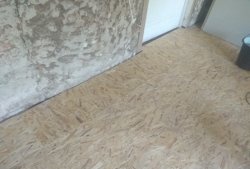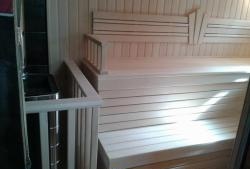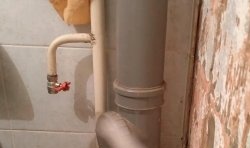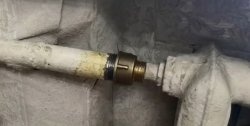Steam room insulation
A well-insulated bathhouse in general and a steam room in particular is the key to the effectiveness of bathing procedures. You should not save on insulation for a steam room; in the future this will negatively affect its characteristics. And additionally insulating an already finished room is not a simple and expensive task. Therefore, it is necessary to insulate the steam room from the floor.
There are two options you can use.
First. In the place of the future steam room, it is necessary to remove the soil. It will be enough to go 30 cm deep. Cover the bottom with sand and compact it. The result should be a cushion of sand at least 10 cm thick. Next, a layer of expanded clay, about 20 cm, is poured and spilled with a solution of cement and sand. No less than a day later, foam plastic is laid on top of the dried screed. Its thickness is usually 10 cm. Next comes a reinforcing mesh, on top of which a cement or concrete screed is poured. It is done with the necessary slopes towards a previously prepared drain for water. On top of the screed you can put a boardwalk made of slats or bars. Or you can make a full floor with joists and boards. Only between them it is necessary to leave at least a 5 mm gap for the passage of water.
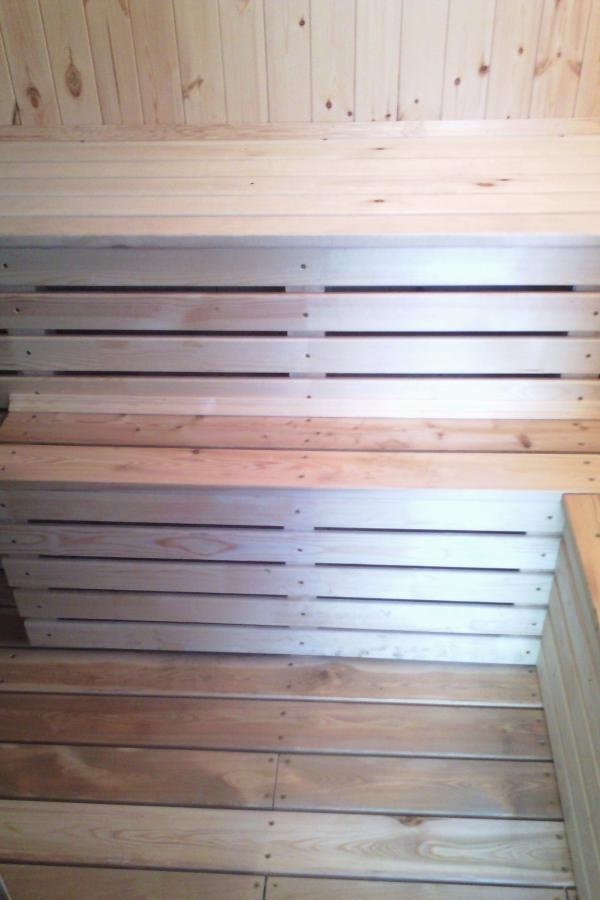
Second. A block is packed along the bottom edge of one and the other side of the lag. The subfloor is laid on them.In this case, boards with a thickness of 25 mm or more are used. The top is covered with waterproofing material. I fill expanded clay between the joists, or lay mineral wool, up to their top level. Next, a layer of waterproofing is laid again. And the tongue and groove floor board is installed last. This option is applicable in steam rooms where a large amount of water will not be poured onto the floor.
You need to start insulating walls with the installation of sheathing. Bars measuring 50*50 mm are attached to the walls.
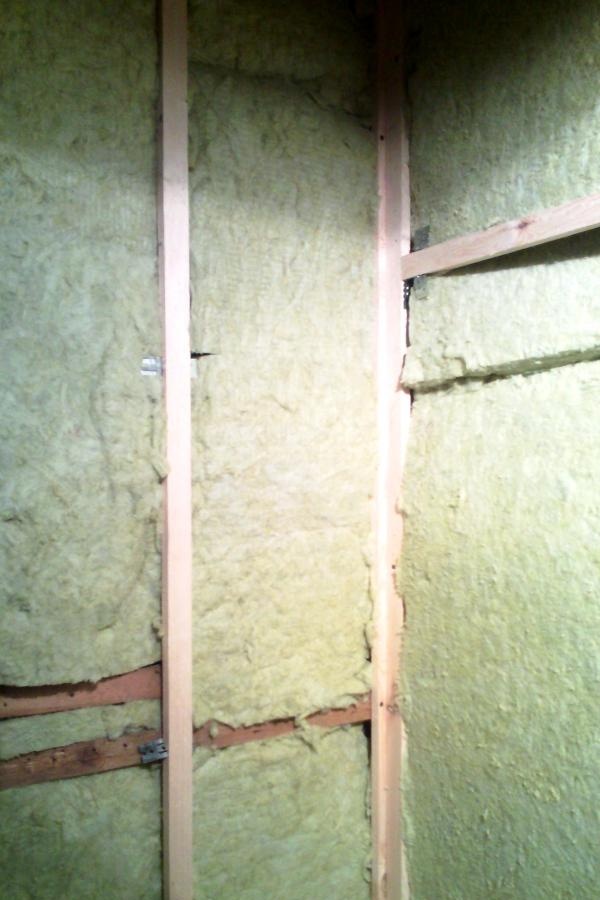
The distance between the bars should be made a couple of centimeters less than the size of the insulation that will be laid there.
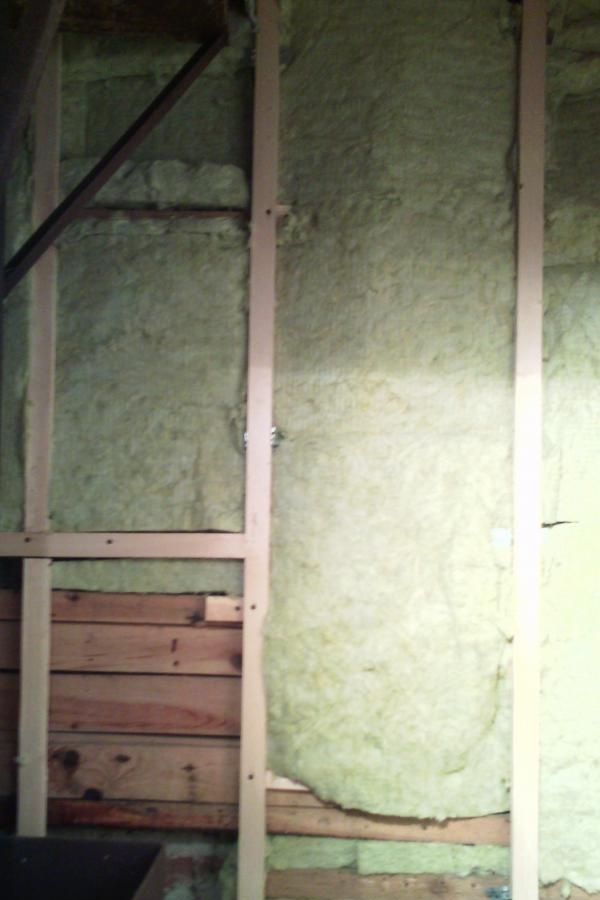
Next, on top of the insulation, directly to the bars, the foil is attached.
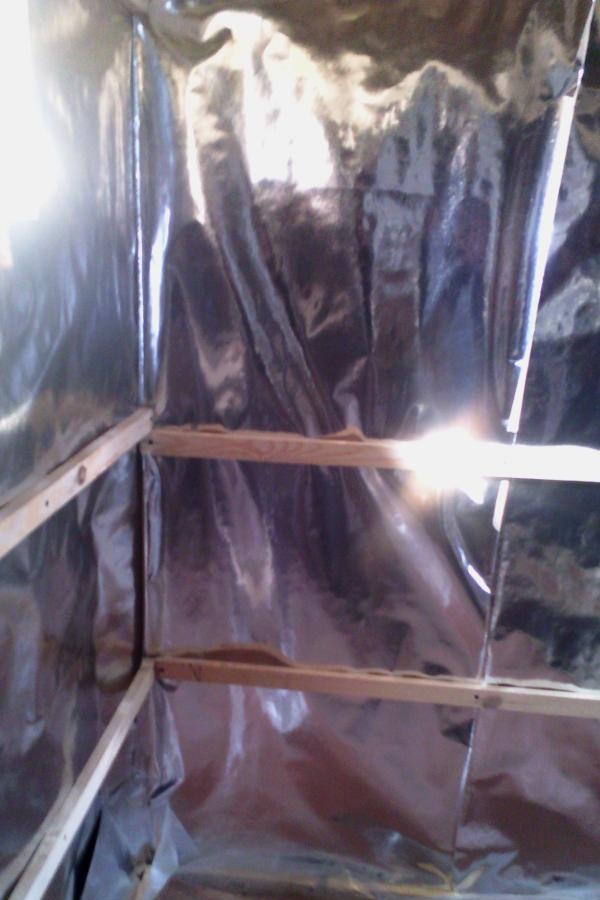
It will give the steam room the effect of a thermos.
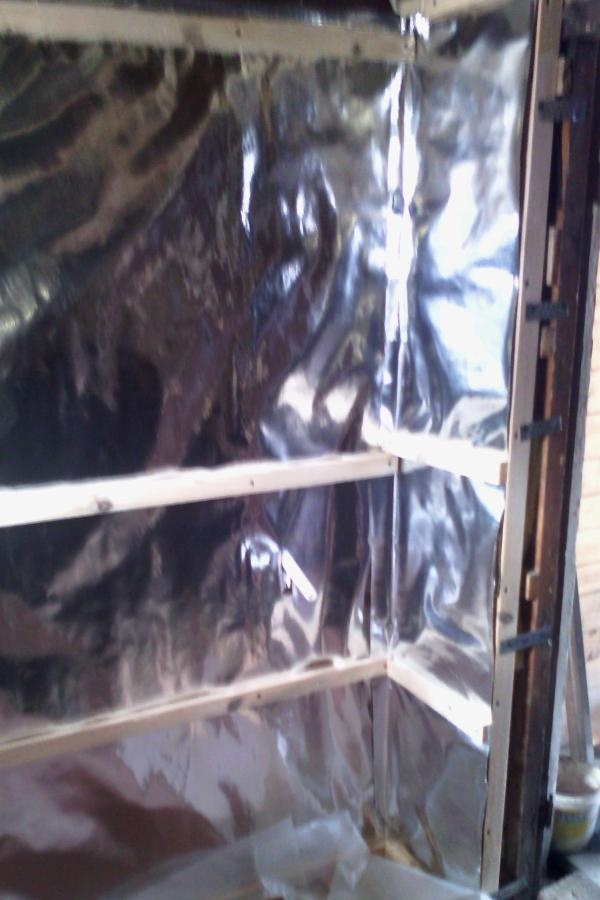
A lathing made of bars is also mounted on top of the foil; without it, the effect of a thermos is impossible. The walls are lined with clapboard along the bars.
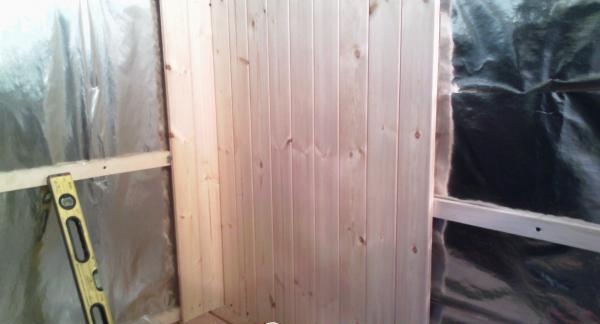
Most often they use linden or aspen.

When insulating the ceiling, you must remember that its insulation should be twice as thick as the wall insulation. For this, both expanded clay, which is poured from the attic side, and mineral wool are suitable.
Fire protection should not be neglected. All connections to the heater and pipe passages must be insulated with non-flammable materials based on asbestos or basalt.
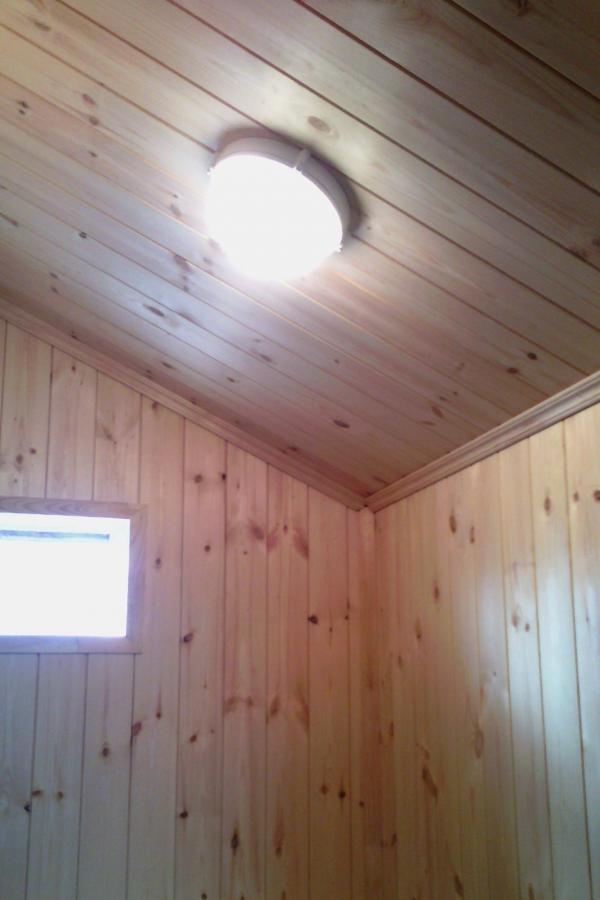
By following these rules, the steam room will give you a lot of pleasure.
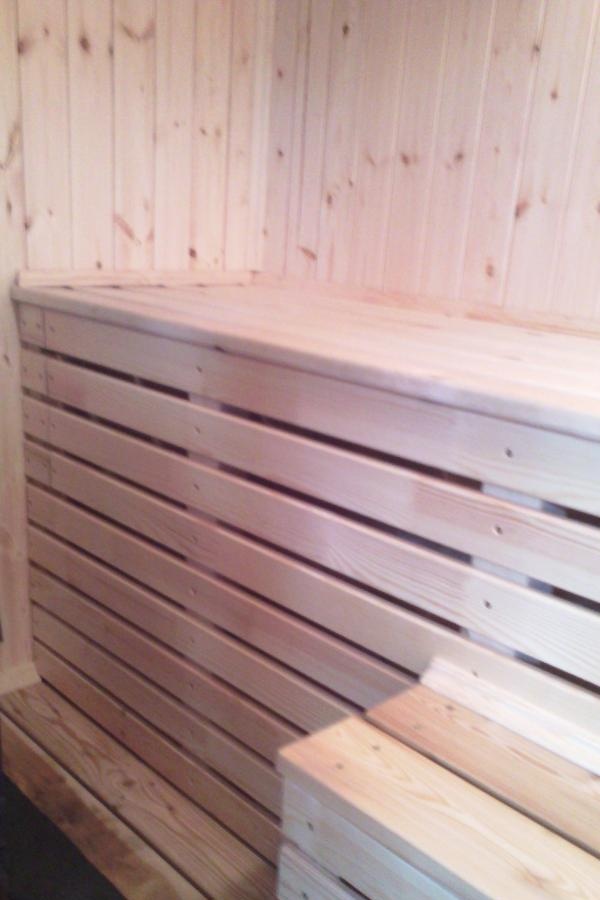
There are two options you can use.
First. In the place of the future steam room, it is necessary to remove the soil. It will be enough to go 30 cm deep. Cover the bottom with sand and compact it. The result should be a cushion of sand at least 10 cm thick. Next, a layer of expanded clay, about 20 cm, is poured and spilled with a solution of cement and sand. No less than a day later, foam plastic is laid on top of the dried screed. Its thickness is usually 10 cm. Next comes a reinforcing mesh, on top of which a cement or concrete screed is poured. It is done with the necessary slopes towards a previously prepared drain for water. On top of the screed you can put a boardwalk made of slats or bars. Or you can make a full floor with joists and boards. Only between them it is necessary to leave at least a 5 mm gap for the passage of water.

Second. A block is packed along the bottom edge of one and the other side of the lag. The subfloor is laid on them.In this case, boards with a thickness of 25 mm or more are used. The top is covered with waterproofing material. I fill expanded clay between the joists, or lay mineral wool, up to their top level. Next, a layer of waterproofing is laid again. And the tongue and groove floor board is installed last. This option is applicable in steam rooms where a large amount of water will not be poured onto the floor.
You need to start insulating walls with the installation of sheathing. Bars measuring 50*50 mm are attached to the walls.

The distance between the bars should be made a couple of centimeters less than the size of the insulation that will be laid there.

Next, on top of the insulation, directly to the bars, the foil is attached.

It will give the steam room the effect of a thermos.

A lathing made of bars is also mounted on top of the foil; without it, the effect of a thermos is impossible. The walls are lined with clapboard along the bars.

Most often they use linden or aspen.

When insulating the ceiling, you must remember that its insulation should be twice as thick as the wall insulation. For this, both expanded clay, which is poured from the attic side, and mineral wool are suitable.
Fire protection should not be neglected. All connections to the heater and pipe passages must be insulated with non-flammable materials based on asbestos or basalt.

By following these rules, the steam room will give you a lot of pleasure.

Similar master classes
Particularly interesting
Comments (0)




